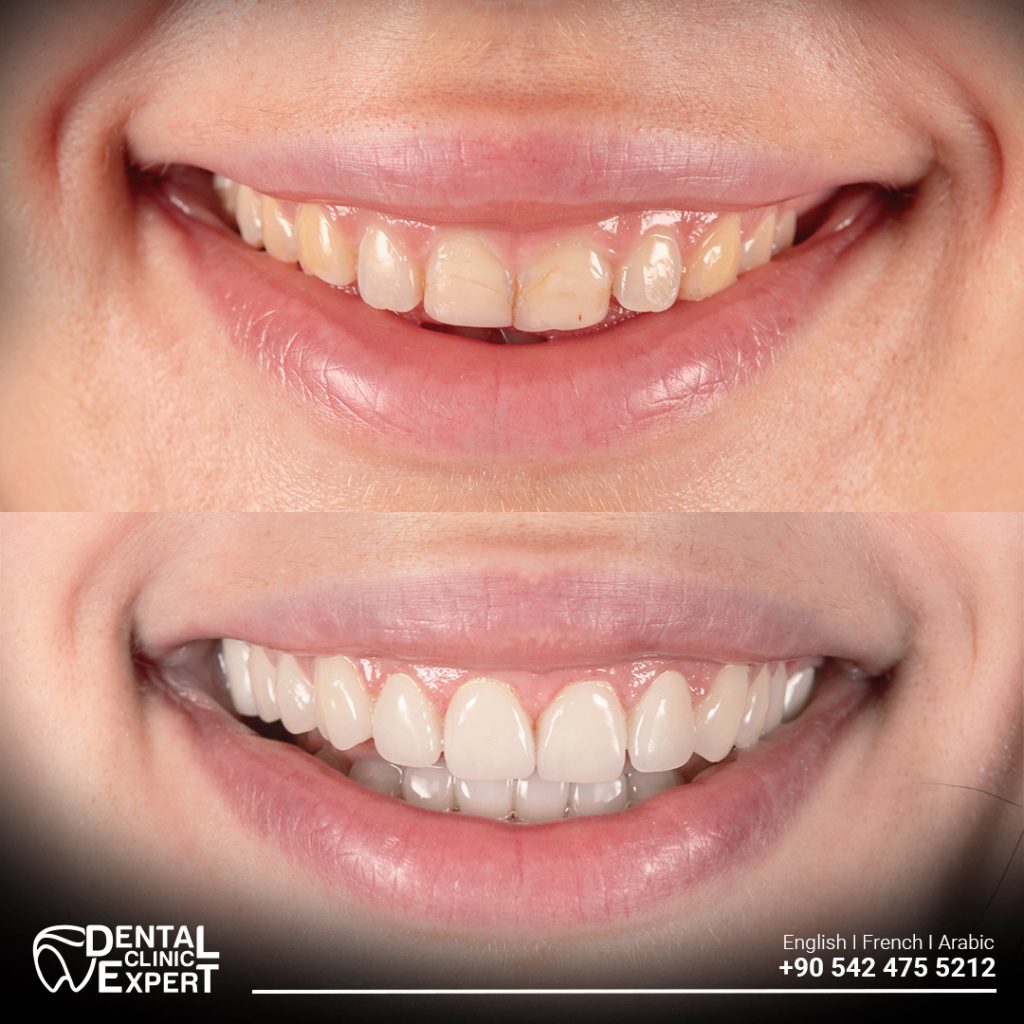Step-by-Step Guide for Root Canal Treatment Process
Root canal treatment is a dental procedure that aims to preserve a tooth by cleaning damaged or infected tissue inside the tooth. It is commonly used in cases of toothaches, infections, or damage to the inner tissues of the tooth. Root canal treatment provides an effective solution to repair the tooth before it is lost and to alleviate pain. However, this procedure involves a precise process consisting of several steps.
What is Root Canal Treatment?
Root canal treatment is a procedure performed on dental nerves to prevent tooth loss. It involves removing the dental nerves, called pulp, located in the root canals inside the hard tissue of a decayed or infected tooth. After removing the nerve, the area is cleaned and the void left behind is filled. The removed nerve is not essential or functional, so its extraction poses no harm. On the contrary, it is a treatment that prevents the patient from experiencing pain.
When is Root Canal Treatment Performed?
It is a method used to treat decaying and infected teeth. When there is extensive damage to the tooth and fractures already occurred, root canal treatment is often considered late. Even if treatment is performed at this stage, the patient may no longer have the opportunity to keep the affected tooth. Therefore, it is crucial to consult a dentist as soon as tooth decay is noticed for timely and appropriate treatment.
How is Root Canal Treatment Done?
Root canal treatment consists of several steps. The application stages are as follows:
Step 1: Diagnosis and Evaluation: The process begins with a dental examination and diagnosis by the dentist. The dentist determines the problems in the inner structure of the tooth through the patient’s complaints, X-ray images, and clinical evaluations.
Step 2: Local Anesthesia: To ensure there is no pain or discomfort during the treatment, the dentist applies local anesthesia to the treatment area.
Step 3: Opening the Tooth: The dentist creates a hole in the tooth’s surface. This hole allows access to the pulp chamber inside the tooth. Through the opening, the dentist gains access to the pulp chamber.
Step 4: Cleaning the Pulp Chamber: The pulp chamber contains the tooth’s soft tissue, nerves, and blood vessels. If this area is infected or damaged, the dentist cleans the pulp chamber using special tools. The cleaning process aims to eliminate inflammation inside the tooth and purify it from infection.
Step 5: Shaping and Refilling: The cleaned pulp chamber is then shaped using special tools, and it is subsequently filled with biologically compatible materials. This step supports the inner part of the tooth and protects it from external influences.
Step 6: Sealing the Tooth: After completing the root canal treatment, the dentist seals the tooth with a special filling or covering. This protects the tooth from external factors and allows it to maintain normal functions.
Step 7: Restoration if Necessary: Depending on the tooth’s condition after treatment, the dentist may recommend additional treatments for the tooth’s restoration. This is done to restore the tooth’s form and function.
Step 8: Follow-Up and Check-Ups: Regular follow-up and check-ups are essential after the treatment. The dentist examines the patient at specific intervals to assess the success of the treatment and detect any complications early.
Root canal treatment is an effective method to address problems in the inner structure of the tooth and keep it. However, each patient is unique, and the treatment process should be tailored to individual needs. Therefore, it is important to have a detailed discussion with your dentist to receive specific information and guidance based on your situation.
Post Root Canal Treatment Care
After root canal treatment, factors to be considered by the patient include:
Continue daily dental hygiene without interruption.
Avoid biting on hard and crunchy foods until the completion of the root canal treatment process.
Refrain from consuming icy cold or hot substances for a period after the procedure.
To prevent post-treatment infections, use dental floss at least once a day.
Avoid consuming sugary and sticky foods temporarily.








